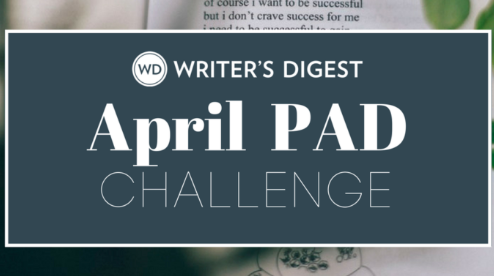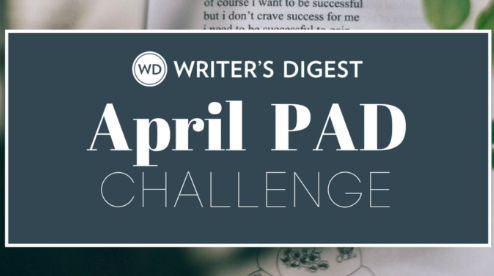4 Storytelling Elements to Use in Your Poetry
Find four storytelling elements you can use in your own poems.
When I was in college struggling to write any story longer than 20 pages, I turned to poetry to help me structure a novella. I wrote a 39-line sestina (a poetic form that follows a pattern of alternating the same six end words over six sestets and a concluding tercet). Without getting into all the esoteric rules I created for myself, I basically wrote a story broken into 39 sections—each of which concluded with a line from my original sestina. The story wasn’t great, but it helped me break past a page-count barrier. In this case, poetry helped me write a story, but there’s no rule against telling stories in poetry.
Many of our earliest known stories were epic poems like the Epic of Gilgamesh, Odyssey, Shahnameh, and Beowulf. Many of these poem-stories have shaped countless other stories, regardless of genre or format, that came afterward. But poems don’t have to go big to tell stories. Some of the first stories I remember as a kid were simple nursery rhymes like “Jack and Jill”:
Jack and Jill went up the hill
To fetch a pail of water;
Jack fell down and broke his crown
And Jill came tumbling after.
In four seven-syllable lines, children of all ages learn of the adventure of Jack and Jill upon a hill while running an errand. For thoughtful children like myself, there was also a lot of story left to wonder about: Did Jack survive breaking his crown? How did Jill fare from her tumble? Why were they fetching water? Was the water for themselves, their family, or some other party? Were there any witnesses? And so on.
While there are many great prose stories for children and adults, I’m sure it won’t take you too long to remember several poems (and popular songs) that tell tales large and small. Recognizing that, you can write your own poetic stories. Here are a few storytelling elements to consider.
In Medias Res
One of the stronger storytelling elements that lines up well with poetry—especially shorter poems—is to begin in medias res, which means starting the story somewhere in the middle of the plot as opposed to beginning when your characters wake up, brush their teeth, eat breakfast, et cetera. Instead, start with the action. A strong example of this is Gwendolyn Brooks’ “We Real Cool,” which captures a scene and several lives (after leaving school) in fewer than 30 words.
Denouement
In prose fiction, the denouement is the part of the story where all the plot points are brought together and explained or resolved—unless there are threads left to be pulled in future stories. Sounds like fertile ground for a poem to me. Donald Hall’s “Adultery at Forty” strikes me as a good example of what this type of poem could be—examining the impact of an act while washing off in the shower afterward.
Cliffhangers
Speaking of the end of stories, feel encouraged to leave readers hanging. Many of the best poems are collaborations between the poet and the reader, who fills the spaces the former fashions. Many of the most compelling love ballads live off the story of a lyricist who knows their love is real but is left unresolved. For an apocalyptic poem comprised of cliffhangers, read Franny Choi’s “The World Keeps Ending, and the World Goes On.”
Narratives
Regardless of point of view, narrative poetry is a perfect vehicle for storytelling. Look to Heather McHugh’s “What He Thought” (first person) and Jane Kenyon’s “Gettysburg: July 1, 1863” (third person) for two perspectives that capture compelling stories in fewer than 80 lines. That’s the kind of storytelling that sticks with a reader!
Robert Lee Brewer is Senior Editor of Writer's Digest, which includes managing the content on WritersDigest.com and programming virtual conferences. He's the author of 40 Plot Twist Prompts for Writers: Writing Ideas for Bending Stories in New Directions, The Complete Guide of Poetic Forms: 100+ Poetic Form Definitions and Examples for Poets, Poem-a-Day: 365 Poetry Writing Prompts for a Year of Poeming, and more. Also, he's the editor of Writer's Market, Poet's Market, and Guide to Literary Agents. Follow him on Twitter @robertleebrewer.




